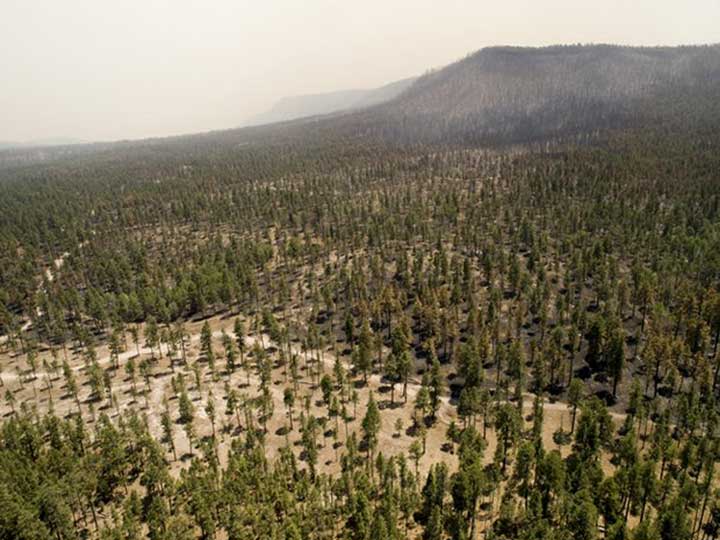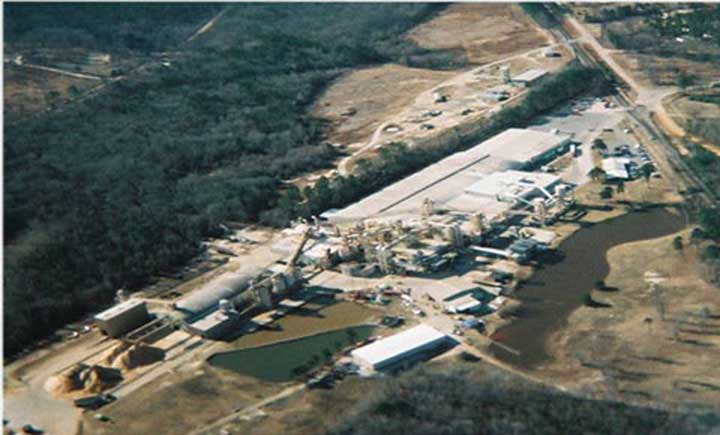
by Site Manager | Sep 12, 2011 | Update
U.S. Environmental Protection Agency (EPA) has set a new schedule for issuing updated air toxics standards for boilers and certain solid waste incinerators. The agency is now proposing standards to be reconsidered by the end of October 2011 and issue final standards by the end of April 2012.

by Site Manager | Sep 12, 2011 | Update
The National Academy of Sciences (NAS) has concluded that EPA’s recent Integrated Risk Information System (IRIS) assessment regarding the health risks of formaldehyde exposure is significantly flawed and does not scientifically support its conclusions.
In a news release by Momentive Specialty Chemicals, Inc., the company states NAS has told the EPA it would have to make “significant changes in scientific evaluation and interpretation” in order to bring the study into compliance with NAS standards.
“The NAS report is an important and positive development because as currently drafted, the EPA’s IRIS assessment could lead authorities to set formaldehyde exposure standards at unnecessarily low levels not supported by scientific studies,” the news release states. “It is heartening that the NAS report supports Momentive’s and industry’s call for sound science and science-based risk determinations.”
NAS cited the EPA study as “problematic,” “subjective,” and said it contained “inconsistencies in the epidemiological data.”

by Site Manager | Aug 18, 2011 | Taking Stock
Story by Dan Shell,
Managing Editor
Two months ago in this space I wrote about the lost opportunity reflected in the flames consuming northern Arizona’s pine forests, where the Wallow Fire was making national news as it spread to become the largest ever in the state and burned almost 600,000 acres before it was contained.
The column mentioned the Arizona-based Four Forests Restoration Initiative, a Forest Service project that seeks to treat forest health concerns on 2.4 million acres over the next 20 years, in the process producing a mountain of low-quality logs and biomass. Too late to make the issue deadline, project leader Henry Provencio of the FS responded to an email and confirmed PW’s position—that the biggest obstacle to the project’s full implementation and success is the lack of local markets for the material to be utilized as small sawlogs, board furnish or biomass.
Provencio noted that “demand for our, primarily, small trees has not been what we hoped, so implementation has been slow and expensive. In response to the situation, we asked industry what was needed for them to move back to northern Arizona. The reply was a long-term commitment of supply, sufficient to meet the investment we are asking them to make. In order for us to meet that kind of commitment and just as important, to meet the restoration needs of our forests we had to go big.”
Now, recent research completed by the FS and published in Canadian Journal of Forest Research shows that aggressive thinning treatments are the most effective in reducing the probability of crown fires in the Western U.S., with fuel treatments that leave 50-100 trees/acre the most effective.
Though the optimal number of trees/acre varies by site, species, terrain and other factors, the study shows that “Once again, an ounce of prevention equals a pound of cure,” says FS Chief Tom Tidwell. “Thinning dense forests reduces the impacts of the catastrophic wildfires we’ve already seen this year and…helps protect communities, provides jobs and promotes overall better forest health.”
Tidwell noted that while 38 structures burned during the Arizona wildfires, thousands more were saved by fuel treatments implemented by federal, state and local agencies and private citizens that successfully reduced fire behavior. Computer simulations used in the study evaluating multiple treatment types and stand densities showed that the most intense treatments were more effective in reducing the threat of crown fires.
Of course, having the information and knowledge acquired from research and using it the right way are two different things. Here’s to hoping the FS can use the study results to aid in the implementation of its long-term forest health project in Arizona that has the potential to create new jobs while promoting forest health.

by Site Manager | May 1, 2011 | Taking Stock
Story by Rich Donnell,
Editor-in-Chief
One of the more aggressive companies in recent years is Flakeboard, the Canada-based manufacturer of MDF, particleboard, melamine laminated products and other value-added items. We’ve been hearing a lot about Flakeboard’s investment in several melamine laminating lines, but we were wondering about its primary manufacturing plants, especially the ones it purchased from Weyerhaeuser back in 2006, and most specifically of these the MDF plant at Malvern, Ark.
Sometimes we visit plants and, as Forrest Gump said, “you never know what you’re going to get.” Especially a plant like Malvern, which has been around since 1968 and operated under four owners. Frankly, Malvern had fallen off our radar, until recently when we heard they had done some work there. During these recessed economic times, the word that a mill “has done some work” causes the editors at Panel World magazine to perk up. We asked for a visit and Flakeboard most graciously opened its Malvern doors.
While we enjoy visiting brand spanking new greenfield operations (see Uniboard-Moncure article, May 2010), we really get a charge out of touring an older plant that has undergone significant work. This is certainly the case at Malvern. For example, the old Washington Iron Works presses have undergone a total makeover, and the sanding line is now totally modernized. Operators weren’t shy about expressing their exuberance with the upgrade work and with the look of the “new” board product flowing through the plant.
At Malvern there is a spirit of re-birth, for two reasons really:
A) Flakeboard has committed some serious dollars to improving technologies throughout the plant.
B) Flakeboard is committing some serious time to improving the work force culture.
A and B don’t necessarily go hand in hand; that is, we’ve visited many a plant that did A and ignored B. From an editor’s perspective, these plants don’t make for a very enlightening visit.
You don’t necessarily have to do A while doing B, but it would seem that the implementation of B will become more effective if it’s tied into A.
However it’s done, we seem to be seeing more plants concentrating on their work force culture. There are lots of definitions of work force culture, and I’m sure there are consultants who know the exact definition, but the common thread appears to be greater participation and accountability for the work force. Pushing responsibility and decision making down the ladder if you will. Flakeboard at Malvern has gone so far as to strike the term “supervisor” from its glossary.
Of course employee empowerment is not a new concept. And we’ve seen many companies who began to change its work force culture, only to have an economic recession or an economic boom cast aside the noble notion.
Flakeboard is not one of these companies. For Flakeboard, employee involvement is part of its business philosophy. The plant manager at Malvern, Tom Quesenberry, told us that what makes the new cultural shift at Malvern so interesting is that he can look at other Flakeboard plants where the culture is embedded and clearly see where Malvern is headed.
It’s amazing what you can do at a 43-year-old composite board plant.




